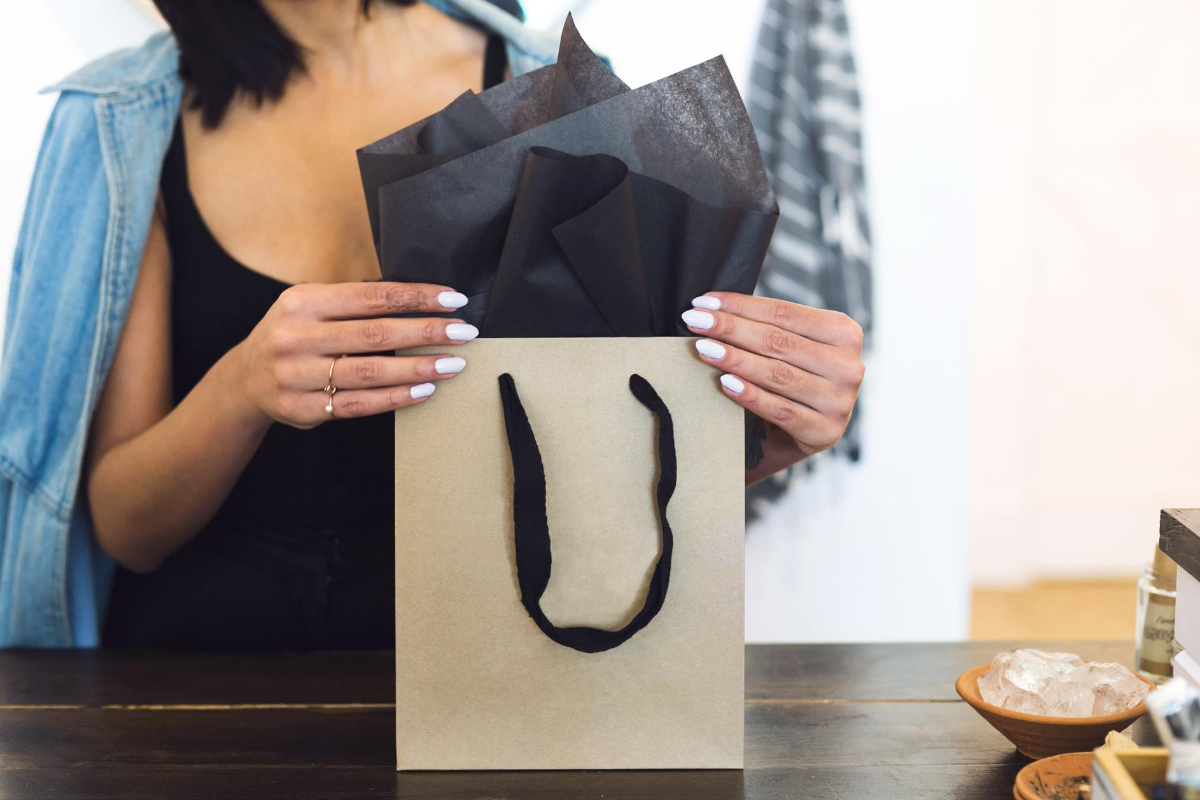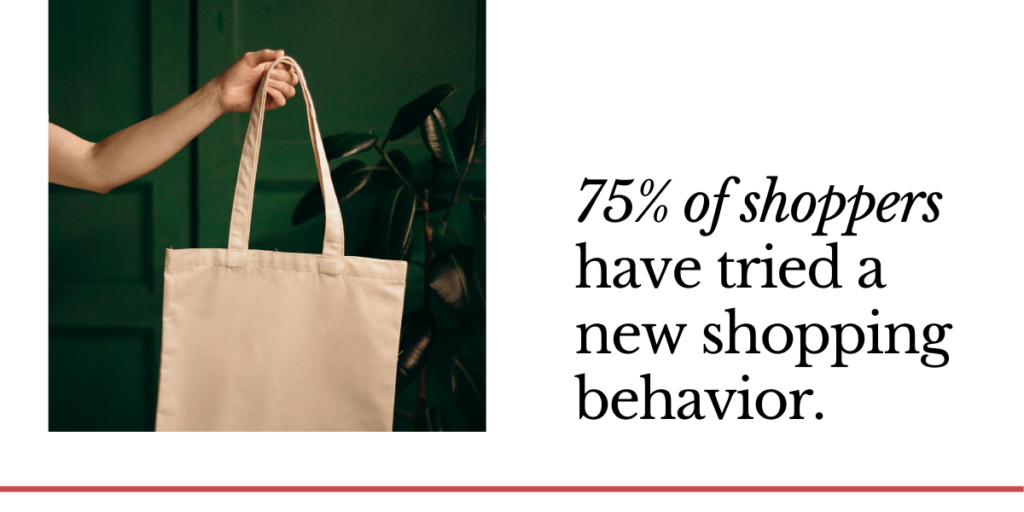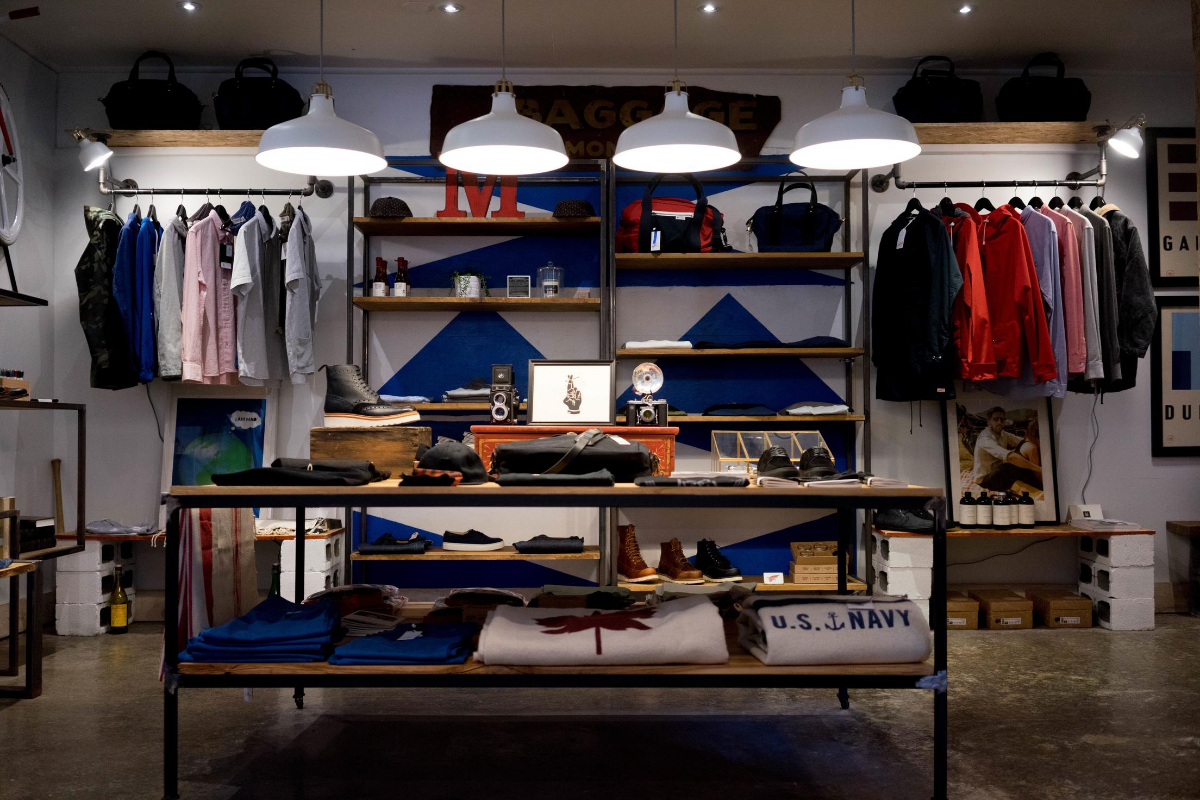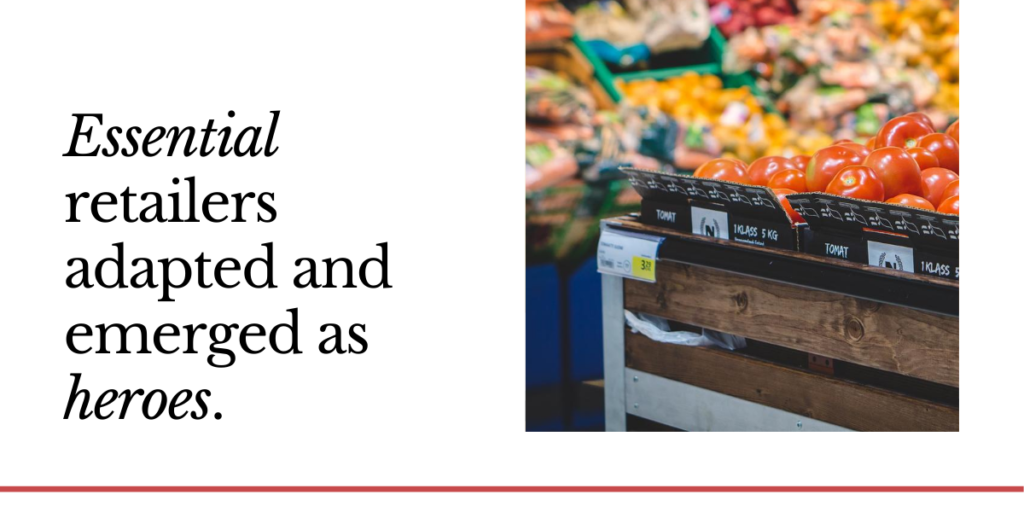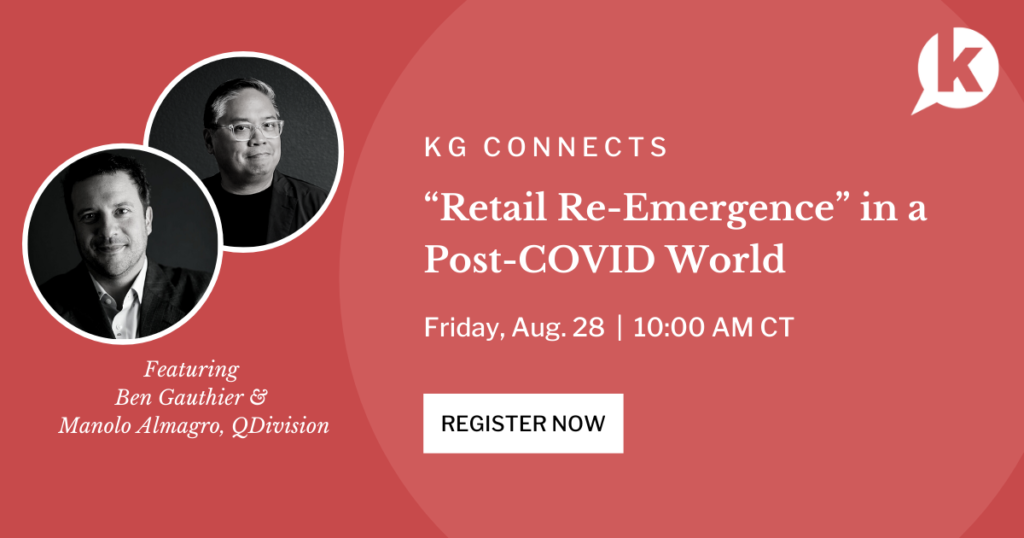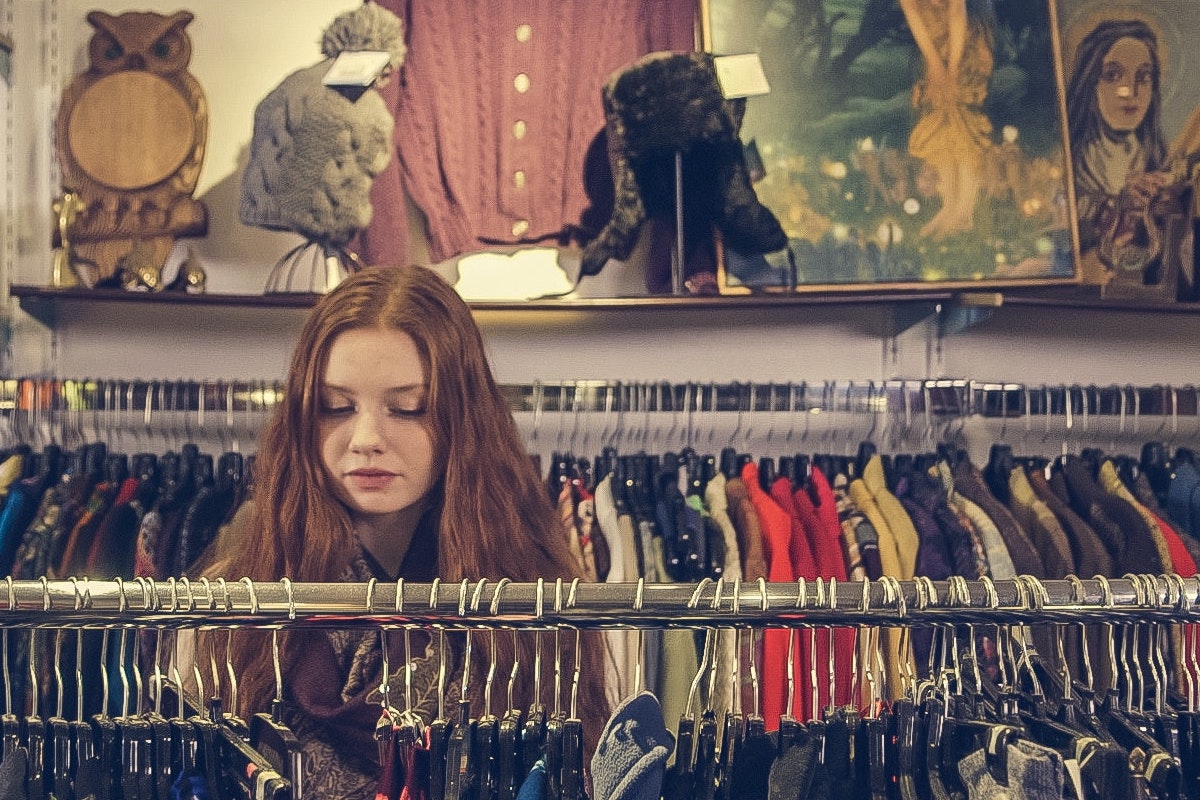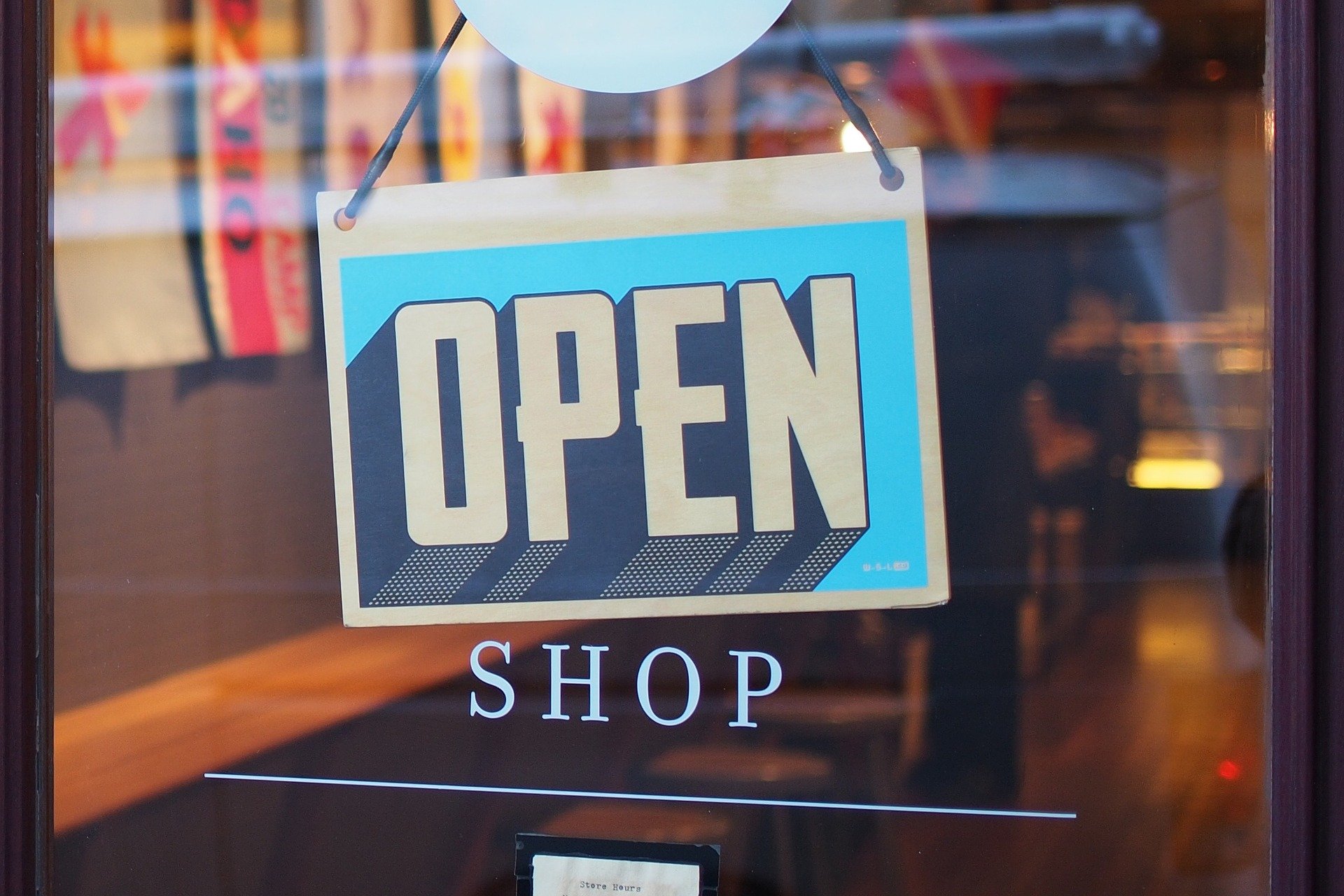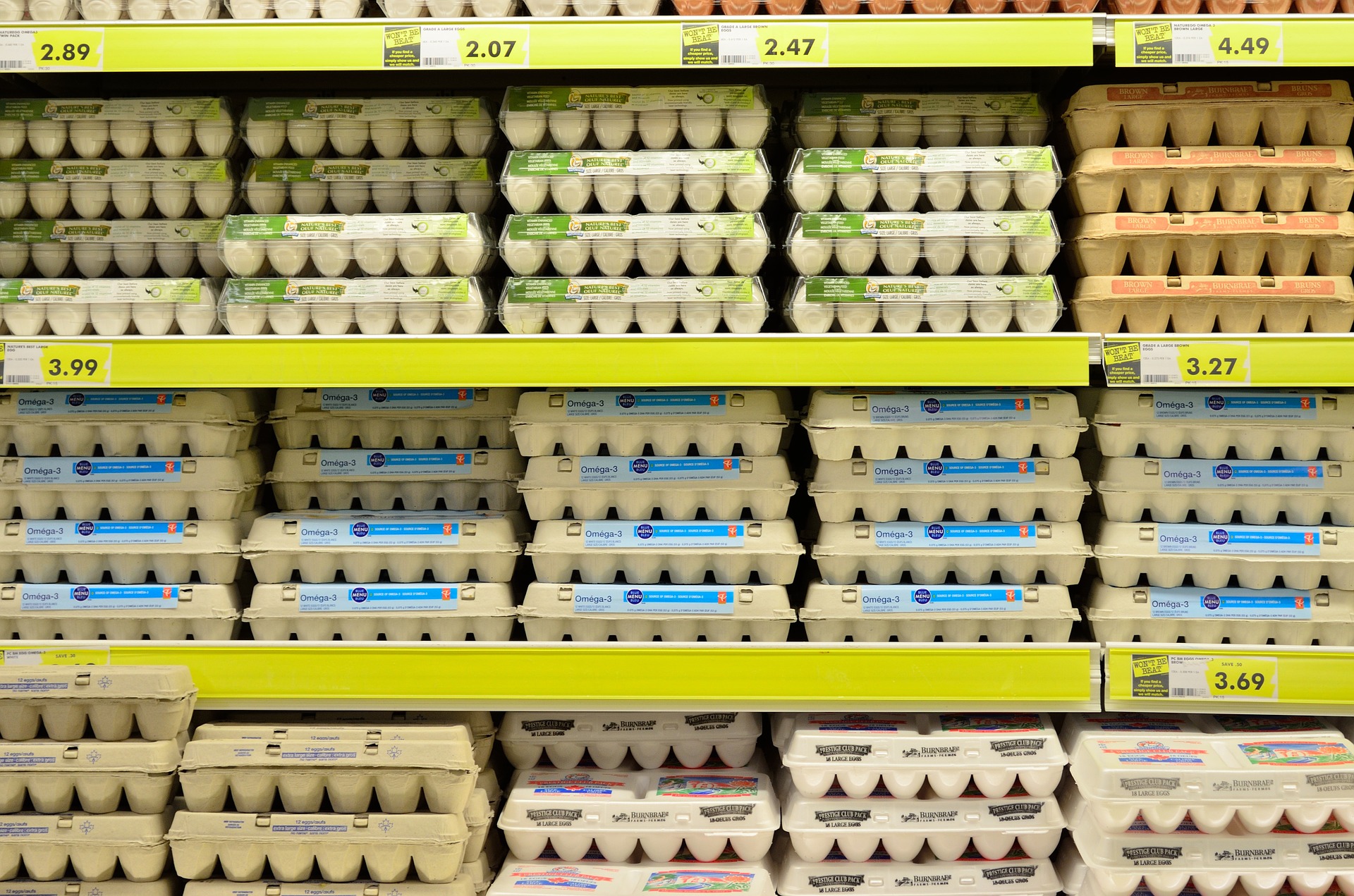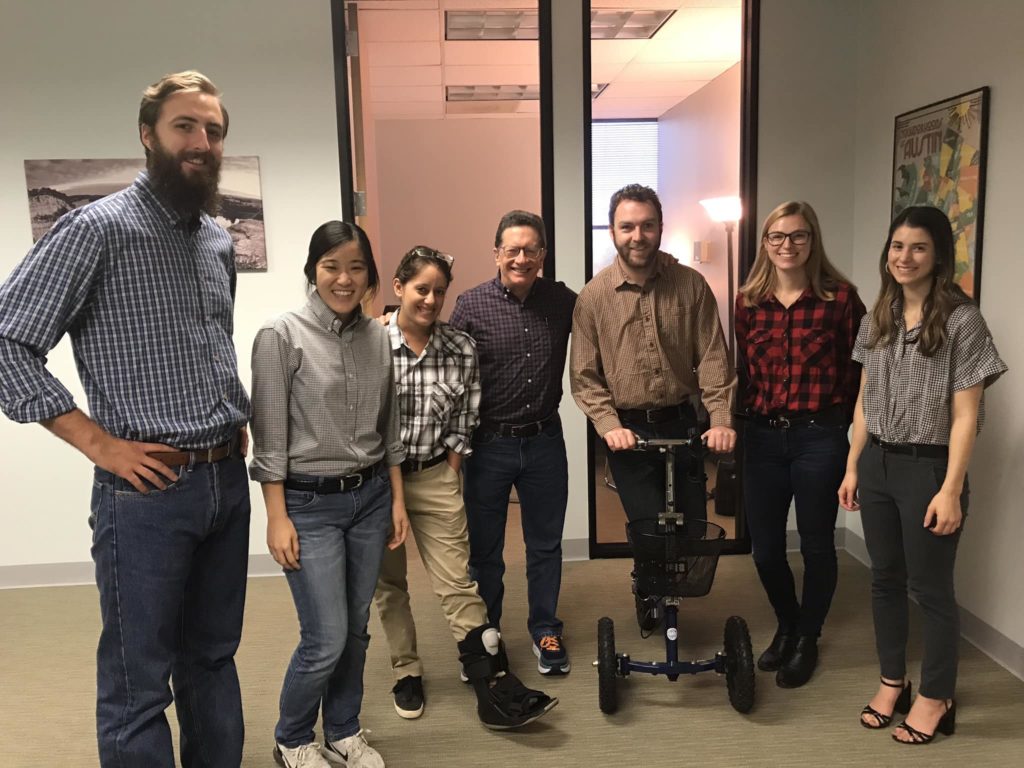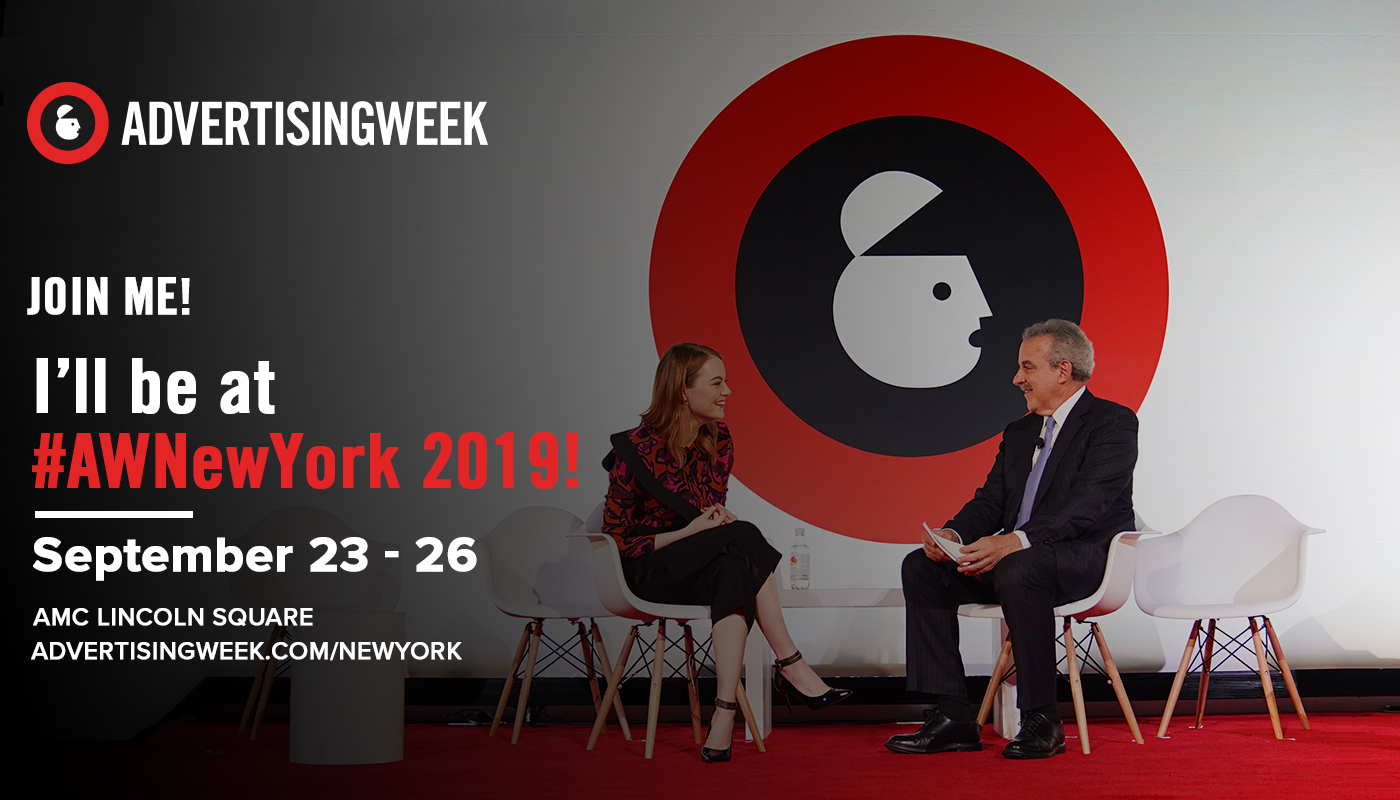NRF, the National Retail Federation’s annual expo, has always lived up to its nickname of “Retail’s Big Show.” For the past 20+ years, Ketner Group has braved New York’s frigid January weather to help our clients make the most of retail’s signature event.
That’s ancient history now, of course, for NRF and every other industry event. Almost overnight, virtual events have replaced physical events, and 2021’s January NRF is now a two-week digital event, with a physical expo to follow in June. Since no one knows what to expect from the new format, it’s opened up a huge void in sales and marketing that retail tech vendors are scrambling to fill.
This has also freed up new marketing budget for some companies, since their NRF 2021 budget may go largely unspent for the remainder of the year. We’re actively working with many clients to help refocus their marketing activities in the absence of NRF, and here are four recommendations to consider.

1. Double down on PR
As we wrote in a blog post this summer, this is not the time to go dark on PR. Companies have typically viewed NRF as a prime event for new customer and product announcements, and we see no reason why this should change.
After all, retailers will have set their priorities for technology investments, and they’ll want to know more about your solutions, customers, technology direction and understanding of the challenges they face in 2021 (and there will be plenty, coming off retail’s most disruptive year in decades).
So start planning your PR strategy and campaigns now. This includes press releases, thought leadership content, editorial briefings, media relations campaigns and more; if you have a robust pipeline of announcements, get started this fall and keep your foot on the accelerator pedal through January.
2. Step up your analyst relations program
Retailers’ technology priorities have shifted dramatically in the wake of COVID-19, and they will be looking to industry analysts to help them prioritize investments and vendors.
This fall and winter will be critical times to refresh your messaging and conduct analyst update briefings. It’s important to understand key analysts’ viewpoints and to demonstrate how your solutions help retailers meet the challenges of the new, post-COVID world.
If you’re not currently investing in analyst services, this may be the time to redirect some of your NRF budget, to ensure constant access to analyst research, strategic direction, inquiries and feedback.
Research projects can pay big dividends, too, whether it’s with a traditional analyst firm or through a market research group such as Researchscape, who we’ve partnered with on multiple occasions.
3. Remember: content is still king
In the absence of face-to-face meetings at events, content is more important than ever. Conversion rates are six times higher for companies that use content marketing, according to Aberdeen Group, and fresh content will drive greater engagement on your company website and provide fresh material for your lead nurturing and content marketing programs.
Content comes in a wide range of formats, including blog posts, infographics, customer case studies, ebooks, whitepapers and more.
Repurpose your content when it makes sense, in order to get the most out of your content marketing investments. One long-form piece of content can be condensed and reused for blog posts and thought leadership articles for media, for example, and also be used to drive social media engagement.
4. Complete a messaging and website refresh
Many companies have used NRF to launch new marketing messages, and that shouldn’t change. After all, NRF has gone digital; what better time to revamp your digital presence?
With all the changes in retail in 2020, your company’s messaging and website is likely due for an overall, too. Make sure your messaging and your website are current, relevant and speak to the real needs that retailers will face in 2021.
After all, your website is the foundation for all other marketing initiatives. When done properly, PR, analyst relations and content will always drive people back to the website.
Focus on the future
These are some of the key initiatives that companies must focus on in the coming months, and there is much more that can be done.
Companies should also take a close look at NRF 2021’s virtual offering, too; just because an event has gone digital is no reason to not be involved. But given the uncertainties of a new format, it’s important to put even more emphasis on the initiatives we’ve described here.
If you’re interested in diving into one of these initiatives and would like some help, we offer a free 30-minute consultation. We’d love to talk about how we can power an impactful marketing initiative. Get in touch.

